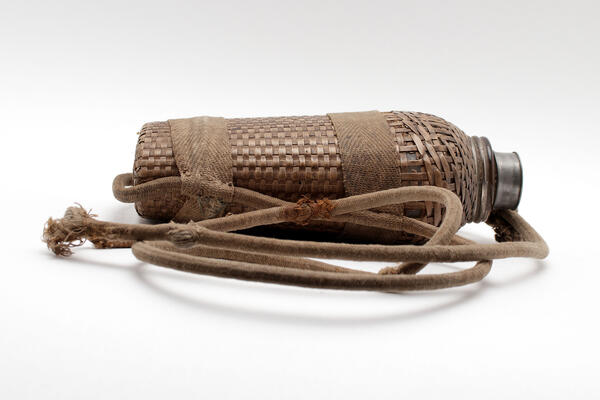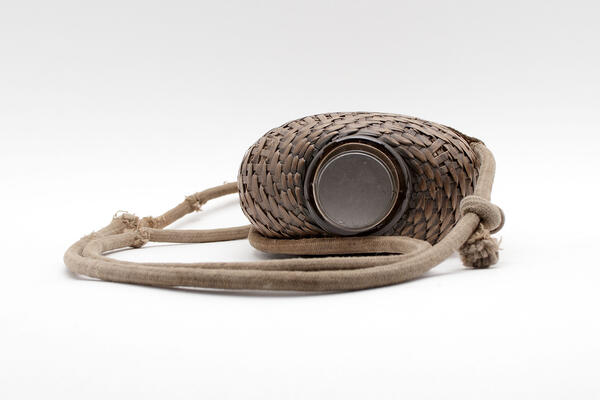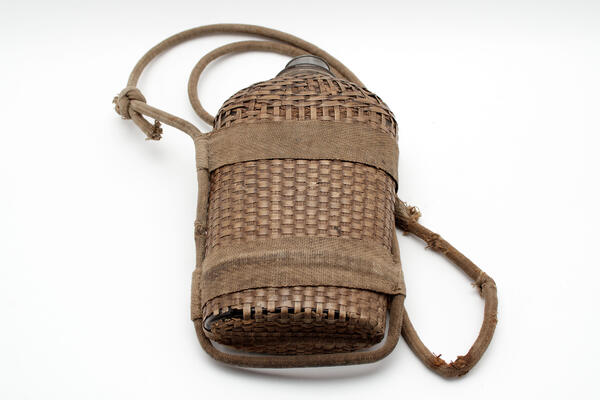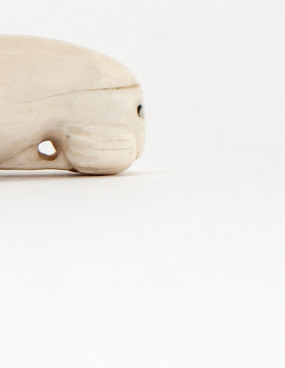The Russian word “flyaga” (flask) came from the German word “flasche”, meaning “bottle, flask”. The modern officer’s flask has a flattened oval shape, a metal body and a screw cap. It is used for storing an individual supply of water in the field.
A person can live up to a month without food, and less than a week without water. People have been looking for a way to take a portion of water with them since prehistoric times. In cold climates, leather wineskins or flasks made of animal stomachs were popular. With the development of crafts, more convenient wooden flasks began to appear. The first metal flask appeared in ancient Greece. For the rich, they were made of silver, and for the common folk — of copper.
In the Roman army, the flask of an ordinary legionnaire was made of wood or ceramics, and copper or bronze for wealthier soldiers. With the advent of regular European armies, soldiers’ flasks began to be made of glass, and then of light and durable aluminum.
By the time the First World War broke out, every soldier was equipped with a flask included in an individual mess kit. The standards of the flask’s shape, volume and method of wearing differed from country to country. Flasks for military personnel of the Russian army have gone through several stages of development. The tin water flask of the 1797 model persisted until the end of the Patriotic War of 1812 when tin was replaced with white sheet iron.
The volume of the flask of the tsarist army was 1.22 liters. It was attached to the knapsack via four soldered lugs from different sides. The method of attaching the flask was soon changed to a bracket and a handle made of wire. In 1862, a trial batch of 5,000 glass flasks was released. They were issued to the Caucasian troops, but turned out to be too fragile and thus ill-suited for the army.
The next iteration of the flask was made of wood. It was short-lived and discontinued in 5 years. The aluminum 1897 flask model very much resembled those used today. It came bundled with a cloth bag.
In 1923, the first Soviet rust-resistant aluminum flask was developed. The screw cap of the flask was replaced by a plug cap, which was very inconvenient in field conditions. It had a volume of 0.75 liters, which was later increased to a liter.






